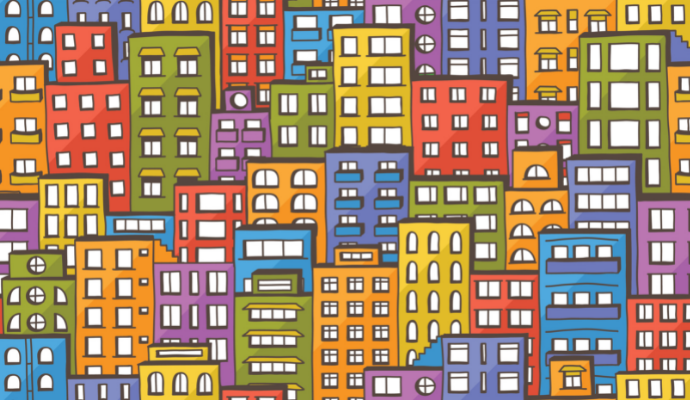Redlining Continues to Impact Cardiometabolic Risk, Health Disparities
Researchers found that neighborhood health disparities in cardiovascular disease (CVD) and its risk factors are associated with institutionally racist policies like redlining.

Source: Getty Images
- The legacy of redlining has led to present-day neighborhood health disparities, according to a study published in the Journal of the American College of Cardiology, which noted that residents in formerly redlined neighborhoods have a higher prevalence of cardiometabolic risk factors.
Redlining was a discriminatory practice in which the US Home Owners’ Loan Corporation (HOLC) created a four-tiered grading system for mortgage applications based on race or ethnicity.
The corporation assigned an “A” score to neighborhoods it deemed “best” and a “D” score to neighborhoods it called “hazardous” for mortgage lending. “D” neighborhoods typically had the highest proportion of Black residents.
The institutionally racist 1930s policy blocked families from predominantly Black or immigrant neighborhoods from obtaining home loans and other financial investments for nearly 40 years.
In the 21st Century, the impacts of redlining have continued to shape current social and environmental structures, widening health neighborhood health disparities.
Residents of redlined neighborhoods, particularly minorities, are known to have lower access to public transportation, insurance, and healthy food choices, increasing their risk for worse health outcomes.
“We already know historic redlining has been linked with modern-day health inequities in major urban areas, including asthma, certain types of cancer, preterm birth, mental health and other chronic diseases,” Sadeer Al-Kindi, MD, a cardiologist at University Hospitals Harrington Heart & Vascular Institute and a senior study author, stated in the press release. “While ours is the first study to examine the national relationship between redlined neighborhoods and cardiovascular diseases, it’s logical that many of the socioeconomic, environmental, and social impacts of redlining on other areas of residents’ health outcomes would also be seen in heart disease.”
The researchers used HOLC grading data to link 1930s redlining maps with present-day neighborhood maps and created a score that was transformed back into one of four categories. The study defined redlined neighborhoods as D-graded census tracts and non-redlined neighborhoods as A- through C-graded census tracts.
In addition, the researchers used CDC data to determine the prevalence of cardiovascular risk factors and disease by neighborhood category.
The study of more than 11,000 HOLC-graded census tracts and 38.5 million residents found that neighborhoods with worse HOLC grades had lower rates of cholesterol screening and routine health visits compared to higher-rated areas.
Across the HOLC grading spectrum, from A to D, there was an overall increase in rates of diabetes, obesity, hypertension, and smoking, the researchers noticed.
Health insurance can help effectively treat obesity and manage associated cardiometabolic risk. However, nearly twice the number of adults ages 18 to 64 years old did not have insurance in D-graded areas compared to those in A-graded neighborhoods.
The association between redlining and the prevalence of cardiometabolic conditions illuminates how historic redlining practices have affected cardiovascular outcomes.
The lasting effects of redlining have also resulted in pollution disparities for people of color. Redlined districts have higher levels of air pollution, a key part of climate as a social determinant of health, which can exacerbate a chronic illness like asthma.
“We are still seeing the long-term effects of the loss of generational capital and neighborhoods labeled as toxic, Sally Wenzel, MD, chair of Pitt Public Health’s Department of Environmental and Occupational Health said. “Institutional racism is something we, as clinicians, have to recognize as a real, continued threat to the health of our patients and one we must fight against.”
